In the world of sustainable eating, every part of an ingredient counts. Passion fruit, with its vibrant pulp and aromatic seeds, has long been a favorite in beverages and desserts. But what about its tough outer shell? Traditionally discarded as waste, the humble passion fruit rind is now being transformed into a surprising delicacy: candied peel. This zero-waste innovation not only reduces food waste but also introduces a new texture and flavor to the culinary scene.
The process begins with selecting ripe passion fruits, their shells slightly wrinkled but still firm. After scooping out the pulp for other uses, the remaining rinds are carefully washed to remove any residual flesh. The thick outer skin, often considered too bitter or tough to eat, undergoes a magical transformation through a series of simple yet thoughtful preparations.
Turning waste into gold starts with blanching the rinds in boiling water to soften their fibrous texture. This initial step helps mellow the natural astringency while preserving the subtle floral notes characteristic of passion fruit. The softened peels are then sliced into thin strips or bite-sized pieces, ready for their sweet metamorphosis.
A light sugar syrup, sometimes infused with complementary flavors like vanilla, cinnamon, or citrus zest, becomes the medium for this alchemical change. The peel pieces simmer gently in this fragrant bath, allowing the syrup to penetrate deep into the cellular structure of the rind. Over several hours, what was once considered inedible becomes translucent, tender, and infused with sweetness.
The final stage involves drying the candied peel to achieve the perfect chewy texture. Some artisans prefer slow air-drying to maintain maximum flavor, while others use low-temperature dehydrators for consistency. The result? A gourmet treat that bears little resemblance to its origins as kitchen scrap - chewy with a pleasant resistance, sweet yet retaining a whisper of the fruit's characteristic tang.
This innovation speaks to a larger movement in contemporary cooking that challenges our perceptions of what constitutes food waste. Professional chefs and home cooks alike are rediscovering the potential in ingredients often thrown away - from watermelon rinds to broccoli stems. Passion fruit peel, with its unique texture and ability to absorb flavors, represents an especially successful example of this philosophy in action.
Beyond its role as a standalone snack, candied passion fruit peel offers versatile culinary applications. Finely diced, it adds bursts of flavor to muffins and scones. Chopped roughly, it makes an intriguing addition to trail mixes or granola. Some creative bartenders even use it as a garnish for tropical cocktails, where its sweetness balances stronger spirits.
The nutritional profile of this transformed ingredient might surprise those who only know passion fruit for its vitamin-rich pulp. The peel contains beneficial fiber and retains some antioxidants even after the candying process. While the added sugar means it should be enjoyed in moderation, it represents a more nutrient-dense option than many conventional candies.
From an environmental perspective, utilizing passion fruit shells makes significant sense. Commercial passion fruit production generates tons of rind waste annually, much of which ends up in landfills where it contributes to methane emissions. Finding delicious uses for this byproduct helps close the loop in the fruit's life cycle, reducing pressure on waste management systems.
Small-scale producers in passion fruit-growing regions have begun packaging candied peel as a value-added product, creating new income streams from what was previously trash. This economic aspect adds another layer to the sustainability story, showing how environmental consciousness can align with business opportunities.
Home cooks experimenting with this technique should note that not all passion fruit varieties produce equally good results. The thicker-shelled purple varieties generally work better than their thinner yellow counterparts. Proper preparation is key - ensuring all the bitter white pith is removed before cooking makes the difference between a mediocre and exceptional final product.
As consumers become more conscious of their food choices, innovations like candied passion fruit peel demonstrate that sustainability doesn't require sacrifice. With creativity and patience, we can transform what we once discarded into something delightful. This approach to cooking invites us to look at every ingredient with fresh eyes, recognizing potential where we previously saw only waste.
The story of passion fruit rind's reinvention serves as a delicious reminder that in nature, true waste is rare. More often, it's our limited imagination that prevents us from seeing the full potential of the gifts the earth provides. As this humble peel's journey from compost to candy jar shows, sometimes the most surprising flavors come from the most unexpected places.

By /Aug 1, 2025
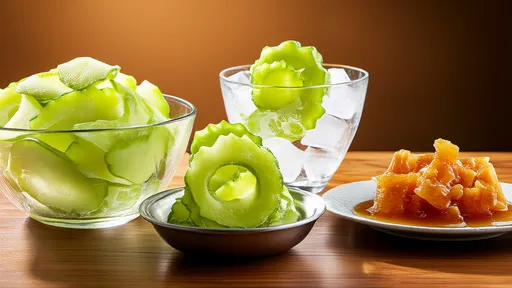
By /Aug 1, 2025
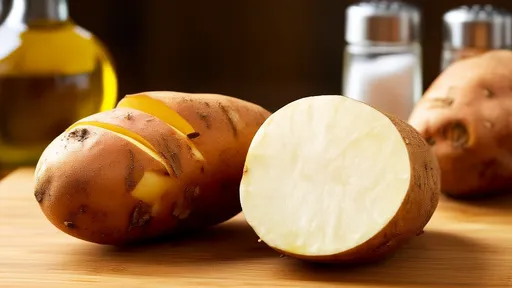
By /Aug 1, 2025

By /Aug 1, 2025

By /Aug 1, 2025

By /Aug 1, 2025
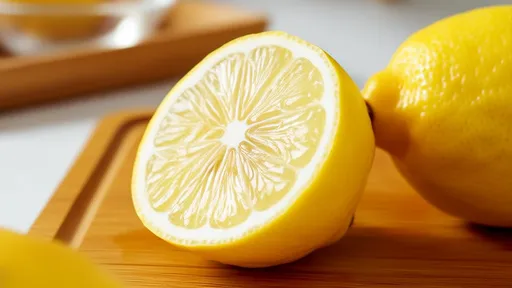
By /Aug 1, 2025

By /Aug 1, 2025
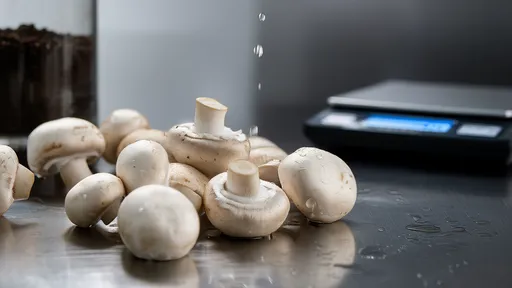
By /Aug 1, 2025

By /Aug 1, 2025
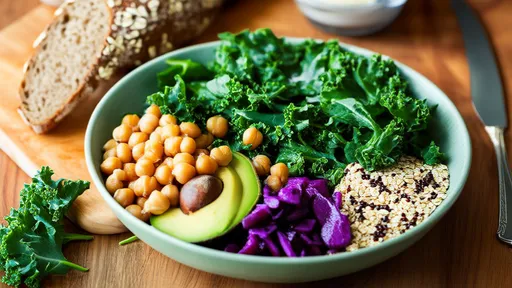
By /Aug 1, 2025

By /Aug 1, 2025

By /Aug 1, 2025
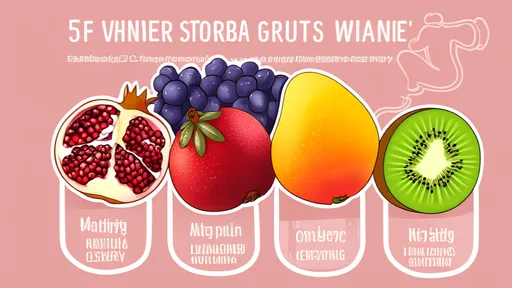
By /Aug 1, 2025

By /Aug 1, 2025

By /Aug 1, 2025

By /Aug 1, 2025
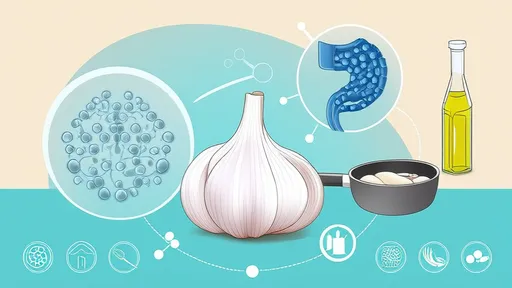
By /Aug 1, 2025
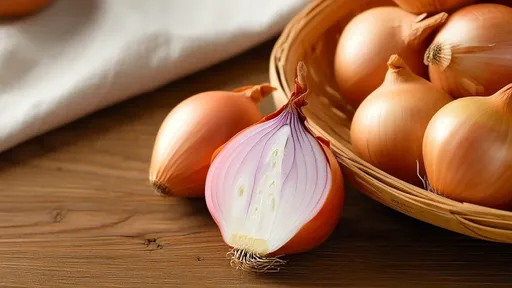
By /Aug 1, 2025
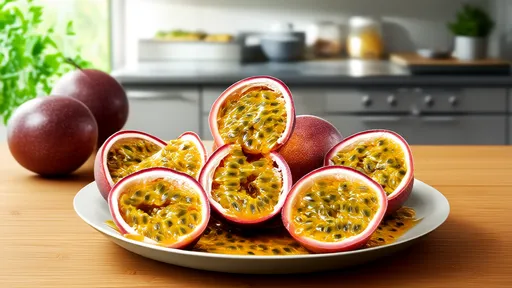
By /Aug 1, 2025